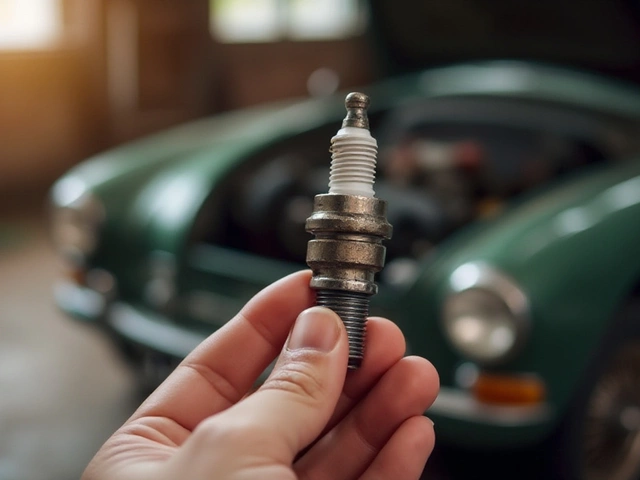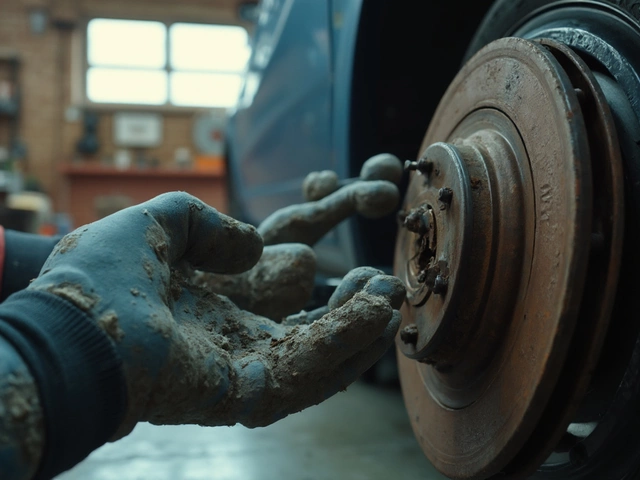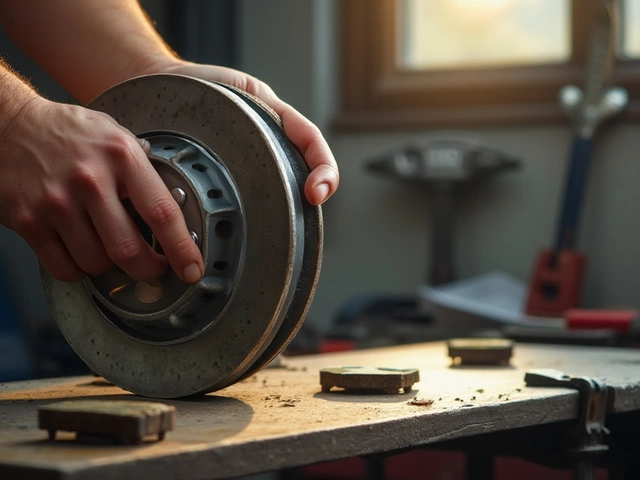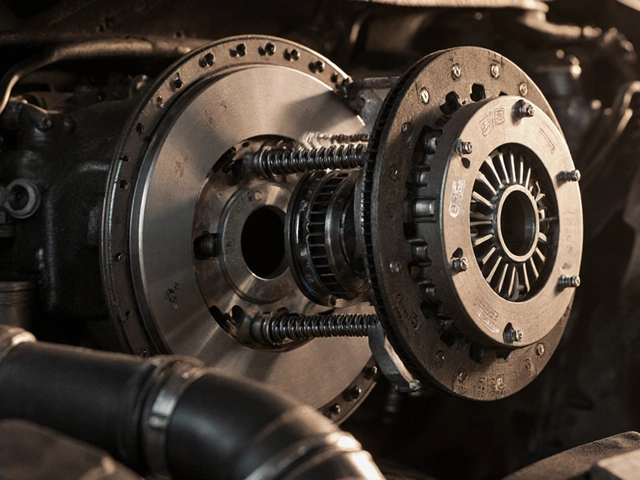Clutch vs Transmission: Understanding the Basics
Ever wondered why some cars have a clutch pedal while others just shift gears with a lever? The answer lies in how power moves from the engine to the wheels. A clutch and a transmission are both part of the drivetrain, but they do very different jobs.
The clutch is a mechanical link that temporarily disconnects the engine from the gearbox. When you press the pedal, the clutch plates separate, letting you change gears without grinding. Once you release the pedal, the plates press together again and power flows back into the transmission.
How a Transmission Works
A transmission takes the engine’s rotational speed and converts it into usable torque for the wheels. In a manual gearbox, you control the gear changes yourself using the clutch and shift lever. An automatic transmission does the shifting for you, using a torque converter or a dual‑clutch system instead of a traditional clutch pedal.
Both types aim to keep the engine in its optimal power range, but they handle the job differently. Manual transmissions rely on driver input, which can feel more engaging and often gives better fuel economy. Automatics prioritize convenience and smoother shifts, especially in traffic.
When to Choose a Clutch (Manual) Over an Automatic
If you love feeling connected to the car, a manual with a clutch is a good pick. It gives you full control over gear selection, which helps when you need extra power for hill climbs or spirited driving. Plus, manuals usually cost less to buy and repair.
On the flip side, if you spend most of your time in stop‑and‑go traffic, an automatic saves you the hassle of constantly operating a clutch pedal. Modern automatics are also getting better fuel numbers, narrowing the gap with manuals.
Maintenance is another factor. A clutch will wear out over time and needs replacement when it starts slipping or makes a chattering noise. Transmission fluid changes are essential for both manual and automatic gearboxes, but automatics often require more frequent fluid swaps to keep the internal clutches or torque converter happy.
Bottom line: the clutch is the “on‑off switch” that lets you engage or disengage the transmission, while the transmission itself is the “gearbox” that decides how much torque reaches the wheels. Knowing how they work together helps you pick the right setup for your driving style and budget.
Got more questions about clutch wear, transmission fluid, or which setup suits your car? Drop by Northwich Tyres Centre for advice, parts, and affordable fitting. We’ll help you keep your drivetrain running smooth and safe, no matter if you prefer a clutch‑pedal or a push‑button shift.
 6 August 2025
6 August 2025
Clutch vs Transmission Problems: How to Tell the Difference in Your Car
Is your car making weird noises or refusing to shift? This guide helps you spot the real issue—clutch or transmission—using clear facts so you can fix it right.






0